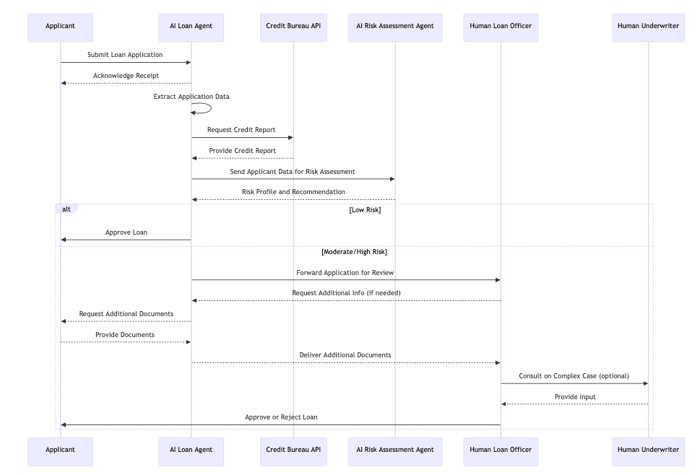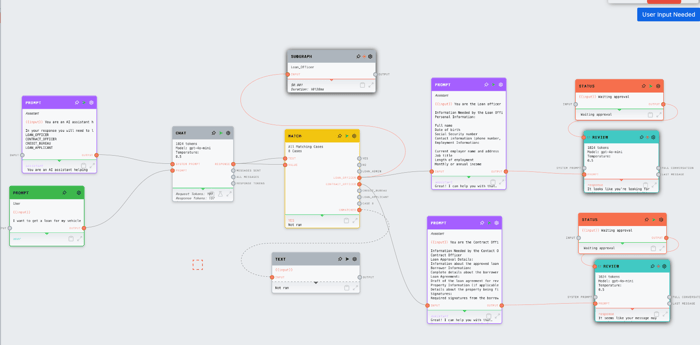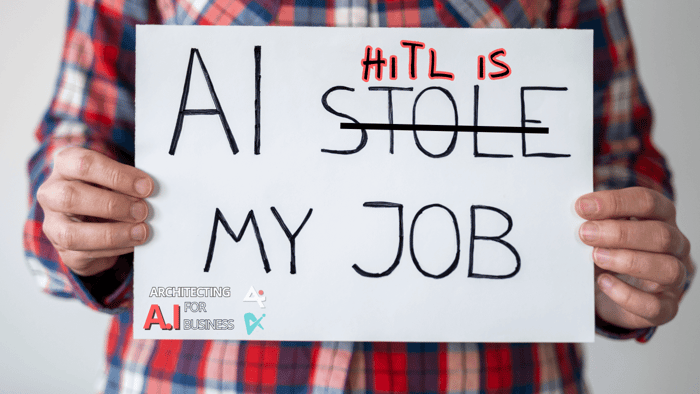Let me begin this blog by saying that dynamic rules-based routing (DRBR) will soon become crucial in our field. Each year, as AI brings more changes, I truly believe this is the direction we, as architects and analysts, need to pursue with AI. By focusing on these elements, we can build systems that are flexible, human-centered, and future-proof. Let's get started!
The Evolution of Case Management and DRBR
Case management has always been about bringing order to chaos. It coordinates work by organizing all relevant information into a single, cohesive unit—a "case"—to achieve specific outcomes. Traditionally, it's been essential in fields like law and healthcare, where each case is unique and demands human expertise and adaptability.
But as businesses grow more complex, traditional methods fall short. Enter Dynamic Rules-Based Routing (DRBR), which introduces flexibility by allowing multiple pathways based on real-time data and predefined rules. Unlike rigid, linear processes, DRBR adapts to unpredictable situations, making it ideal for challenges like:
- Processing complex loan applications
- Managing patient care in healthcare
- Handling custom travel arrangements
This evolution empowers architects to design systems that respond intelligently, reducing bottlenecks and enhancing outcomes.
Understanding the Key Components
1. Case Management
At its core, case management is about handling both predictable and unpredictable work by organizing all relevant information into one place. It involves:
- Dynamic Planning: Continuously evolving the plan based on new information or events.
- Human Collaboration: Engaging different participants as required to make decisions or perform tasks.
- Rule-Based Guidance: Using business rules to guide actions and decisions within the case.
2. Binding Object
A binding object serves as the central element that connects various stages of a value stream, acting as the "glue" that holds everything together. For example:
- In a loan application, the agreement acts as the binding object.
- In patient care, the patient’s medical record serves as the binding object.
- In travel planning, the itinerary could be the binding object.
Integrating AI into DRBR
Role Simulation and Automation
AI agents can mimic human roles, automating repetitive tasks and interactions. For instance:
- An AI agent could act as a loan officer, gathering client data and applying rules consistently to minimize errors.
- In architecture, this means designing systems where agents enforce DRBR logic, freeing humans for high-level decisions.
Contextual Understanding and Decision-Making
AI excels at interpreting context, using tools like BPMN (Business Process Model and Notation) and DMN (Decision Model and Notation) to navigate complexities. With DRBR, agents can:
- Analyze real-time data to route processes dynamically.
- Make informed decisions that adapt to changing scenarios, such as rerouting a case based on new risks.
Dynamic Adjustments for Personalized Experiences
By leveraging AI agents, workflows become truly personalized. For example:
- Real-time routing adjusts paths based on client needs, boosting satisfaction.
- In case management, this means tailoring experiences—like customizing a travel itinerary—while adhering to rules.
Introducing AI Agentic Frameworks
An AI agentic framework involves AI systems acting autonomously to perform tasks, make decisions, and manage workflows. When integrated with DRBR, AI agents can:
- Simulate Roles: Represent various stakeholders in a process.
- Make Informed Decisions: Apply predefined rules to navigate complex scenarios.
- Interact with Humans: Communicate with users and other stakeholders.
The Power of Human-in-the-Loop (HITL)
Even with advanced AI, human judgment remains irreplaceable. HITL keeps humans in the loop, overseeing AI actions and intervening when necessary. This hybrid approach combines automation's speed with human insight, creating a balanced system.
Practical Example: Loan Processing with AI Supervision
Imagine a system where AI agents manage routine steps, but humans step in for complex decisions. Below is a simplified sequence diagram based on this process
Scenario: Dynamic Loan Processing System
Binding Object: The Loan Application serves as the binding object, central to all stages of the process.
Participants:
- Applicant
- AI Loan Agent
- Credit Bureau API
- Human Loan Officer
- AI Risk Assessment Agent
- Human Underwriter
Process Flow:
- Application Submission: The Applicant submits a loan application.
- Initial AI Processing: The AI Loan Agent receives the application and extracts relevant data.
- Credit Check: The AI Loan Agent requests credit information from the Credit Bureau API.
- Risk Assessment: The AI Risk Assessment Agent evaluates the applicant's risk profile.
- Decision Routing:
- If the risk is low, the AI Loan Agent proceeds to approval.
- If the risk is moderate to high, the application is routed to the Human Loan Officer for review.
- Human Review: The Human Loan Officer assesses the application and may consult the Human Underwriter for complex cases.
- Final Decision: Approval or rejection is communicated to the Applicant.
Explanation:
Wrapping Up: Embrace AI Agents for the Future
In essence, working with AI agents through architecture, DRBR, and case management isn't just about automation—it's about creating resilient, adaptive systems that enhance human capabilities. By focusing on these elements, architects and analysts can drive innovation, improve efficiency, and deliver personalized experiences in an AI-driven world.
Are you ready to elevate your architectural practice with AI? Embrace these tools and start integrating them into your workflows today. The journey of continuous learning and innovation awaits, and the possibilities are limitless. By investing in AI education, architects can ensure they remain relevant, competitive, and capable of designing solutions that meet the evolving needs of businesses in the digital age.

To get biweekly videos and interviews from leaders around the world, why don't you try connecting to our Architecting AI for Business Newsletter
Want to access more content, connecting with the Inner Circle is recommended
Just a reminder that Agora Insights and now Aidon.ai open up a world of learning and AI-Assisted Solutions for Business Architects, Analysts, Strategists, and Business Leaders. Contact us for a demo.
To watch more videos, visit YouTube.
Interested in business architecture and business analysis certification, corporate and AI training?
Go to our website www.agorainsights.com
Connect with Deirdre Caren on LinkedIn
Post sponsored by Agora Insights Ltd




Post a Comment